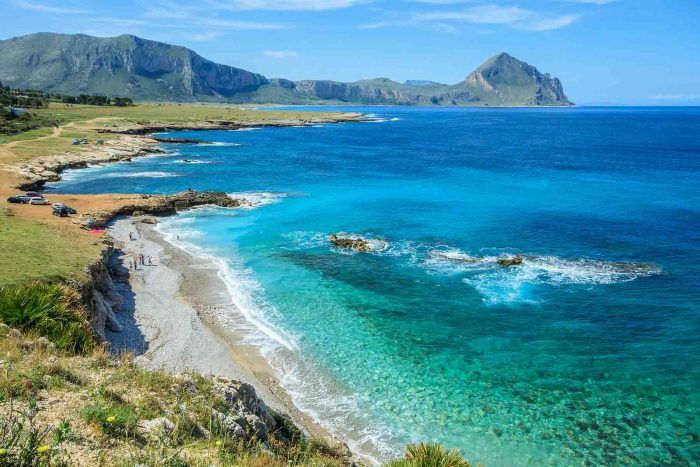

The first and second floors house the Galleria Nazionale (National Gallery), with paintings from the 13th to the 18th centuries including major works by Caravaggio, Raphael, Titian, El Greco, Giovanni Bellini, Simone Martini, Masaccio, Lorenzo Lotto, Giorgio Vasari, Jacob Philipp Hackert and many others. The main article for this category is List of paintings in the Galleria Nazionale di Capodimonte. In 1866, the boudoir of Maria Amalia of Saxony was transferred to Capodimonte from the Palace of Portici, and in 1877 a Roman era marble floor was brought in from a Roman villa on Capri.Īfter the end of the monarchy, the palace became purely a national museum in 1950, with many of the exhibits being returned from the National Museum. They also added an extensive collection of historic firearms and other weapons. It was finally completed in 1840, and a gallery housing contemporary art was added.Īfter the palace passed in 1861 to the House of Savoy, further pieces were added to the art collections, appointing Domenico Morelli as consultant for new acquisitions. When King Ferdinand returned from Sicily in 1815, he employed many painters and sculptors to work on the redecoration of the palace. Later on, during the ten years of French reoccupation (1806 to 1815), the art collection was transferred to the Naples National Archaeological Museum.

What remained was looted by the French troops of General Championnet who were billeted there during the short life of the Republic in 1799. When the Parthenopaean Republic was declared in 1799, King Ferdinand IV fled to Palermo on board Nelson's Vanguard, taking the most valuable items from the museum with him. In 1787, on the advice of Jacob Philipp Hackert, a laboratory for the restoration of paintings was created. Over the years, the palace was enlarged and filled with more art. During that year King Charles VII of Naples and Sicily (later Charles III, king of Spain) decided to build a hunting lodge on the Capodimonte hill, but then decided that he would instead build a grand palace, partly because his existing residence, the Palace of Portici, was too small to accommodate his court, and partly because he needed somewhere to house the fabulous Farnese art collection which he had inherited from his mother, Elisabetta Farnese, last descendant of the sovereign ducal family of Parma. All text describing items and photographs for sale are copyrighted and may not be used in anyway without the written consent.The vast collection at the museum traces its origins back to 1738. We make it a point to note anything more than average wear in the description. The items we sell are vintage and considered used and should be expected to have a level of normal wear from age and usage. Please allow time for larger items items to be packed, we take extreme care in making sure your item arrives in the same described condition.

International thru USPS Priority International Air.

Check with your local authorities for customs and import tax requirements.Payments are processed by PayPal (Visa, MC, AM EX, Discover, and debt cards are excepted).


 0 kommentar(er)
0 kommentar(er)
